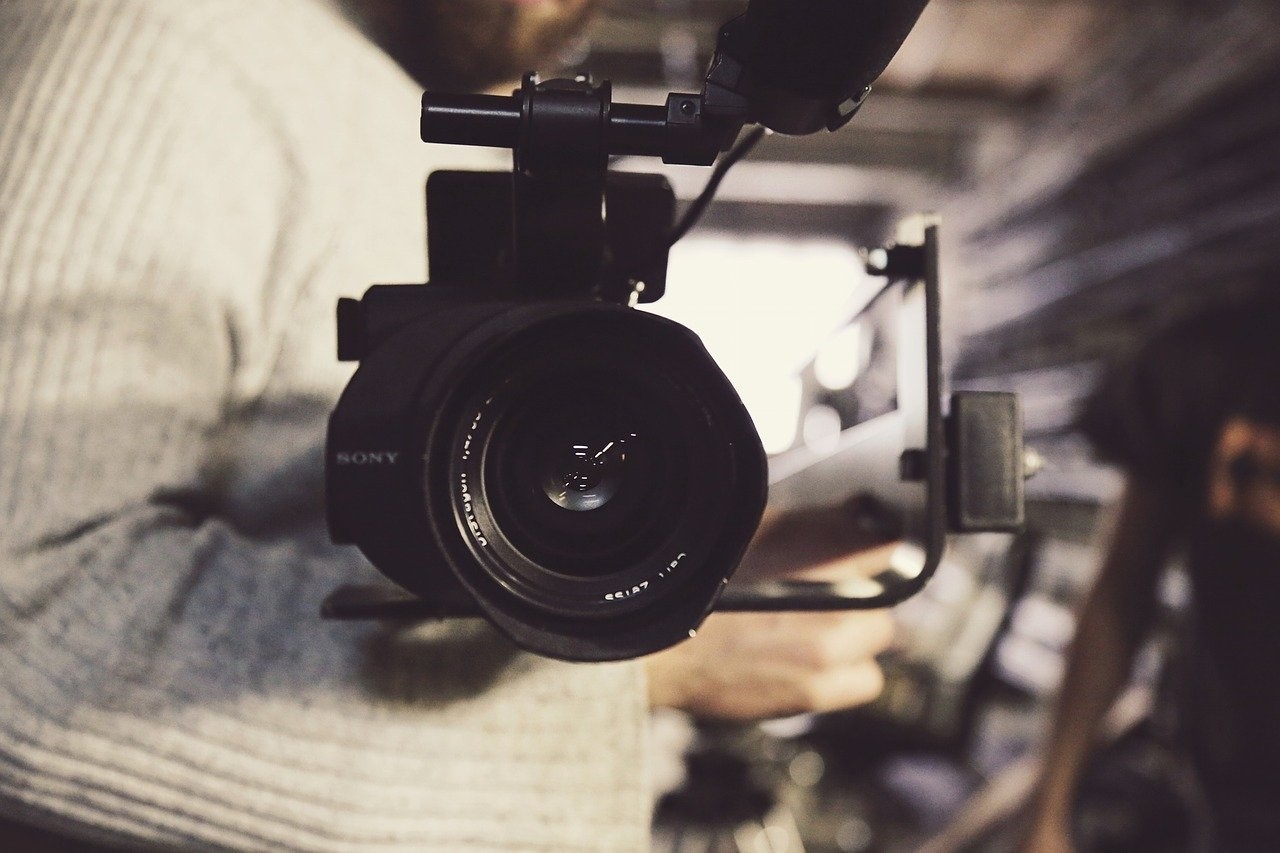According to HubSpot Research, video is the most desired type of content that audiences want to see brands produce, above articles, emails, and even social media posts.
In fact, video content is not only preferred by audiences across many industries, but it also gives a massive boost to conversions and can even be the main reason for someone deciding to buy from you.
Because of that, it’s not surprising that brands are stepping up their video marketing game, trying to create content that’s more relevant, engaging, and informative than the videos produced by the competition.
That’s great for the buyers, but it also means that smaller brands with lower budgets might face an uphill battle trying to get their videos to stand out.
Luckily, you don’t necessarily need thousands of dollars and a professional production team to create videos that will get liked, shared, and talked about online. Many brands are launching hugely successful campaigns using little more than their smartphones or dreamengine.com.au for production.
So, to provide you with a solid foundation on video marketing and how to succeed with it, let’s go over some of the essential aspects you need to consider and the steps you need to take.
Start With Finding the Right Video Hosting Platform
For many novice video marketers, hosting their video is little more than an afterthought, but it’s actually a vital part of the process that can ultimately determine whether all the effort you put into production will pay off.
Sure, you could host the video on YouTube or Facebook, but then you’d have to deal with the limitations of those platforms and wouldn’t have as many options in terms of how you share it.
Therefore, your best approach is to use professional video hosting services, which are becoming more popular with online businesses because of the ability to control every aspect of how your video is displayed, who can see it, and where you can embed it.
You can customize your video player’s appearance to match your brand, ensure that your audiences don’t have to deal with slow buffering speeds, and provide a wide range of sharing options that you can restrict based on the goals of your video marketing campaign.
Having this type of control is also essential when designing landing pages, or when you want to start the video at different points depending on the specific group of people that it’s meant for.
Map Out Your Video
The success of your video will largely depend on how well you structure it. You can produce some types of videos without preparation, but most of the time, you will want to have a clear idea of what you want to achieve and the general structure of the video.
Since you’re creating the video for marketing purposes, your decisions will come down to two primary factors: who do you want to reach and what action do you want them to take.
There are a million different directions that you could take when scripting or filming your video, so setting clear goals upfront will prevent you from wasting time, and make your video more focused and engaging.
First off, you will need to determine the target audience that you want to reach. Think about who they are, why they should be interested, why you want to reach them, and what’s your current relationship with them?
Then, consider what action you want that audience to take after watching the video. Do you want them to buy your products? Subscribe for more videos? Or do you simply want to introduce a new product, service, or offer?
You should also think about where the video will be published. There are countless options for video content distribution, but different platforms have different rules and best practices that you should try to adhere to. You might even find that a video hosting service provides you with the most flexibility and customization options.
A video for Facebook might look completely different from one hosted on a specialized video platform, not only because of the platform differences but also because of differing audience expectations.
When determining your video’s purpose, you will inevitably run into the question of budget. How much money you have and what equipment you can use will determine a lot of the creative decisions that you make, but the good news is that you can find a way to create engaging videos on a low budget, you just might have to get a bit more creative.
Once you have the technical details in place, you will also need to produce a script that outlines each scene and will serve as a framework that you use on the day that you shoot the video.
Don’t give in to the temptation to just wing it, as, without a clear structure, you’ll waste hours upon hours trying to decide what to do next. You need to know precisely what needs to happen, and when, if you’re going to have any chance of moving through the shoot smoothly.
If you do get a better idea as you’re filming, that’s fine, but it’s easier to make adjustments when you can just plug in various bits and pieces that you decide are worth inserting.
Put Together the Filming Equipment

When it comes to filming equipment, you can find options at all price points, from basically free if using your smartphone or laptop, to professional studio gear that can cost tens of thousands of dollars to put together.
But if you’re just starting out, chances are that you don’t want to spend that much, so let’s explore the different options at various price points that you could consider.
Smartphone/Laptop
The first tier in our list of camera equipment setups is the most straightforward and one that will require the least effort to put together. Almost everyone has a smartphone or a laptop, and they usually come equipped with a camera that is functional enough to produce a wide variety of videos.
If you choose to work with your smartphone, all you’ll need in addition is a tripod to set it on, a microphone that has better quality than your phone’s default one, a simple lighting solution, and software. You could also consider buying a specialized lens that would improve the quality and flexibility, but that’s optional if you’re tight on cash.
If shooting with a laptop, you’d probably want to invest in a better camera because most laptop cameras will make your videos look amateurish. Just as with a smartphone, you’ll need a microphone and a lighting solution as well.
DSLR Camera
Even though DSLR cameras can be quite expensive, they are also very accessible, so you might be able to find a budget option that can take your video production to the next level. And when you consider just how big of a difference a DSLR camera can make, the extra investment can be worth it.
You’ll also need a microphone, a lens for filming, a tripod, as well as lighting, but that’s true for whatever rig you’ll use, and you can find options at various price points depending on your needs.
GoPro
If you plan on filming adventure or action-packed videos, you might want to consider GoPro as an accessible and value-packed option. Sure, they can be expensive, but considering how much you get, they can be an excellent way to significantly increase your production value.
What’s more, the compact size means that you won’t have to worry about lugging a lot of equipment and can shoot almost instantly wherever you might want to.
Shoot and Edit the Video
When shooting marketing videos, you’ll rarely have a professional crew of actors at your disposal. More often than not, people in the video will either be your employees, colleagues, or even customers.
You should account for that by giving people ample time to prepare for the filming day, providing the script early and being very informative about how the shoot is going to go.
It’s likely that you won’t be able to get everything in one go, so you should prepare for that and be patient with your actors, as they will probably need a few takes to loosen up and get going.
When putting together your scenes and filming, make sure that you follow the basic rules of video composition. They will make your video seem more professional and much more pleasant to watch. Also, providing some editing room for your shots by starting each one early and cutting late.
After the filming, you will need to organize and cut together the pieces of the video. Depending on how complex it was, this can be a relatively quick process, as long as you had a structured framework to work within the first place.
For editing, there are plenty of free tools available, but if you want more options and features, consider tools like Apple iMovie or Adobe Premiere Pro.


